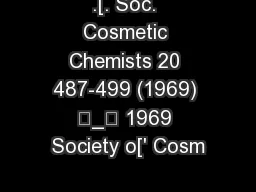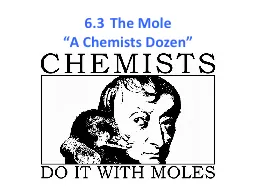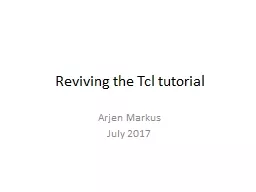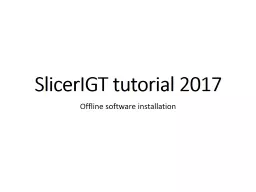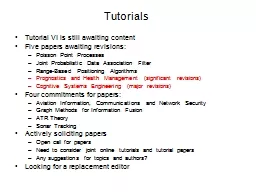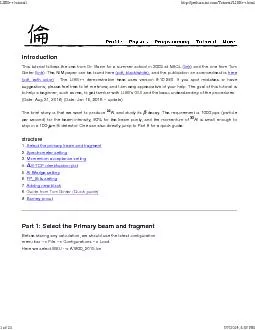PPT-A Tutorial for Chemists:
Author : min-jolicoeur | Published Date : 2016-04-03
Using Mnova to Process Analyze and Report 1D and 2D NMR on Your Desktop Chen Peng PhD VP of Business Development US amp China Mestrelab Research SL San Diego
Presentation Embed Code
Download Presentation
Download Presentation The PPT/PDF document "A Tutorial for Chemists:" is the property of its rightful owner. Permission is granted to download and print the materials on this website for personal, non-commercial use only, and to display it on your personal computer provided you do not modify the materials and that you retain all copyright notices contained in the materials. By downloading content from our website, you accept the terms of this agreement.
A Tutorial for Chemists:: Transcript
Download Rules Of Document
"A Tutorial for Chemists:"The content belongs to its owner. You may download and print it for personal use, without modification, and keep all copyright notices. By downloading, you agree to these terms.
Related Documents




